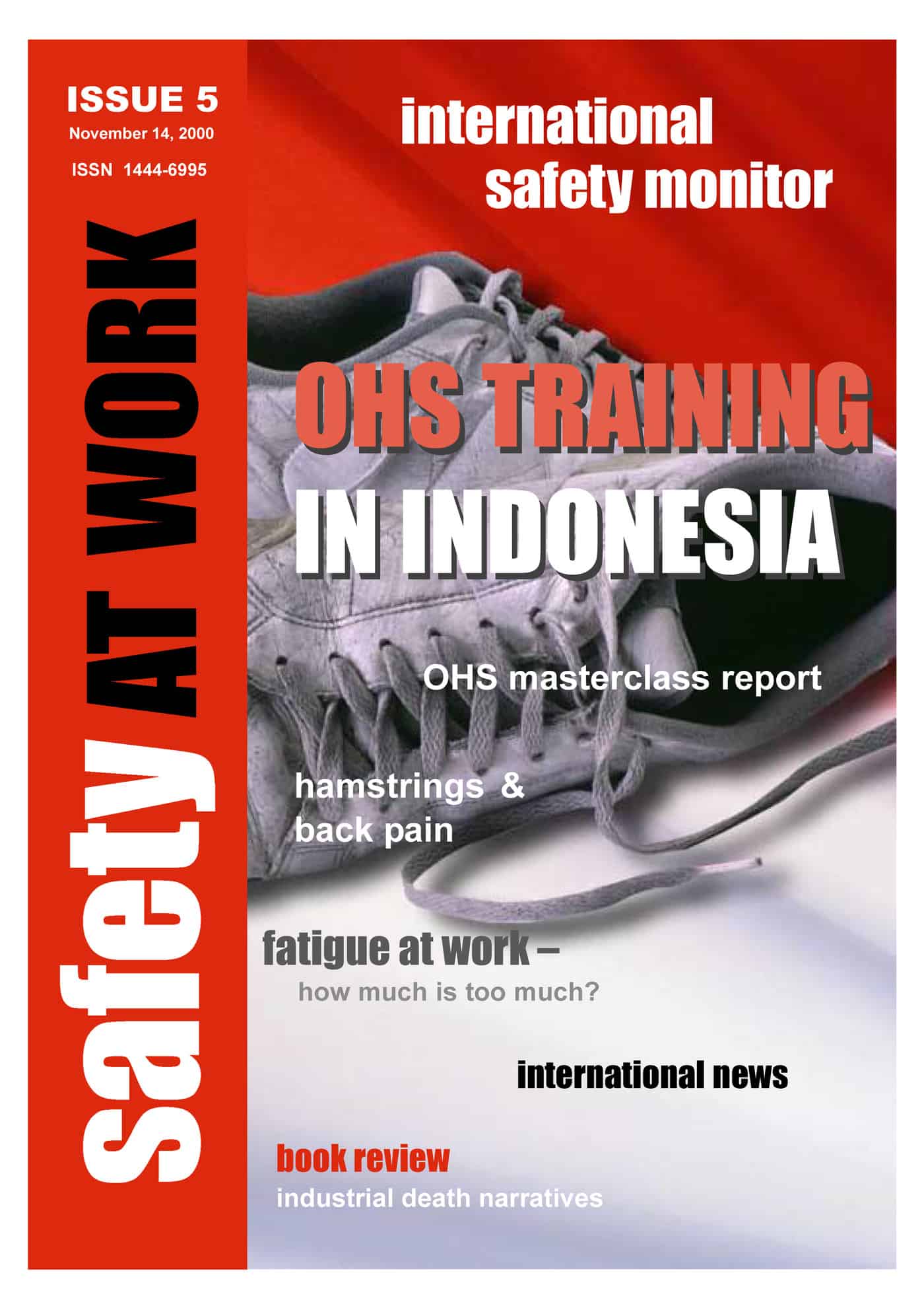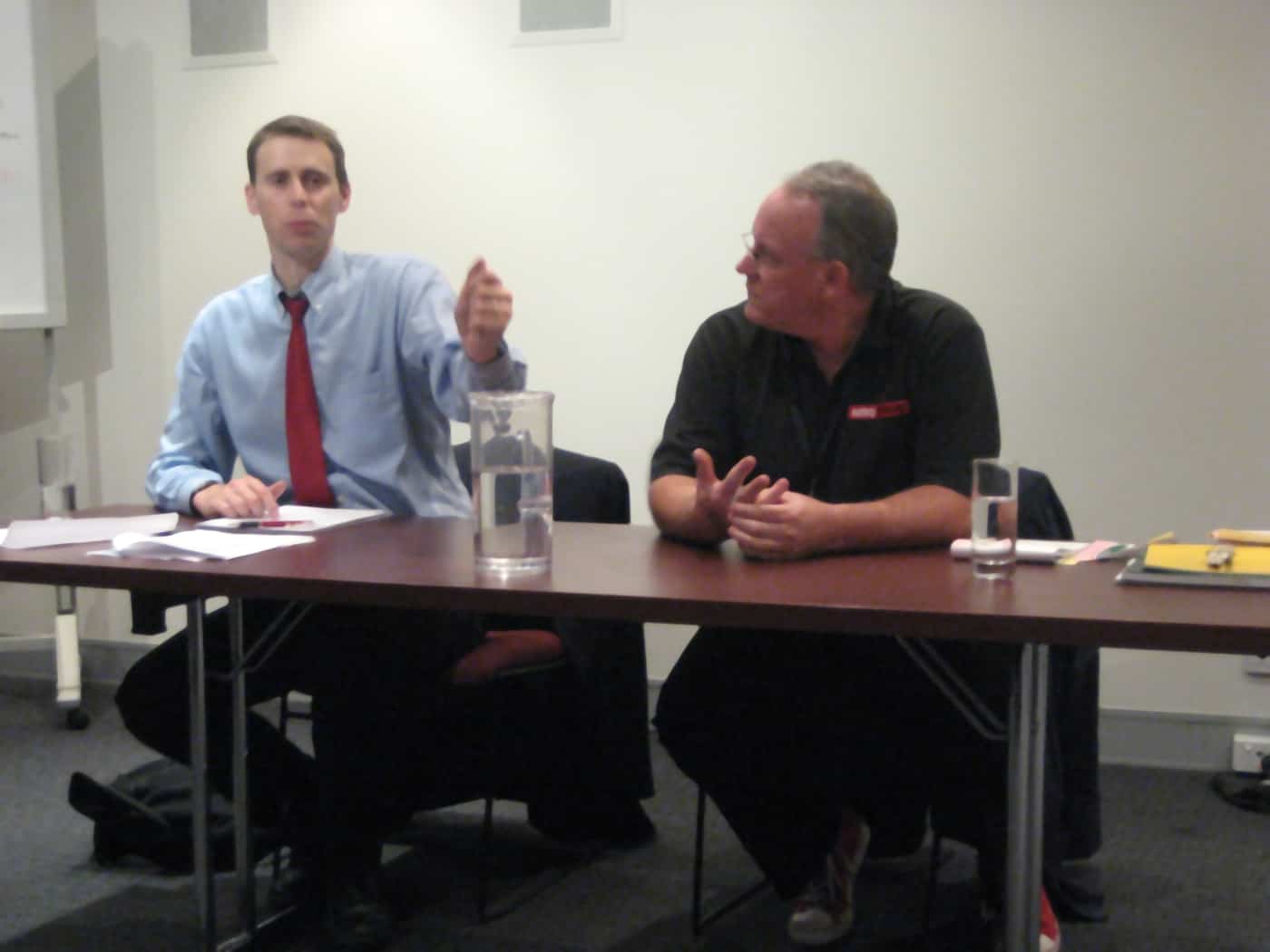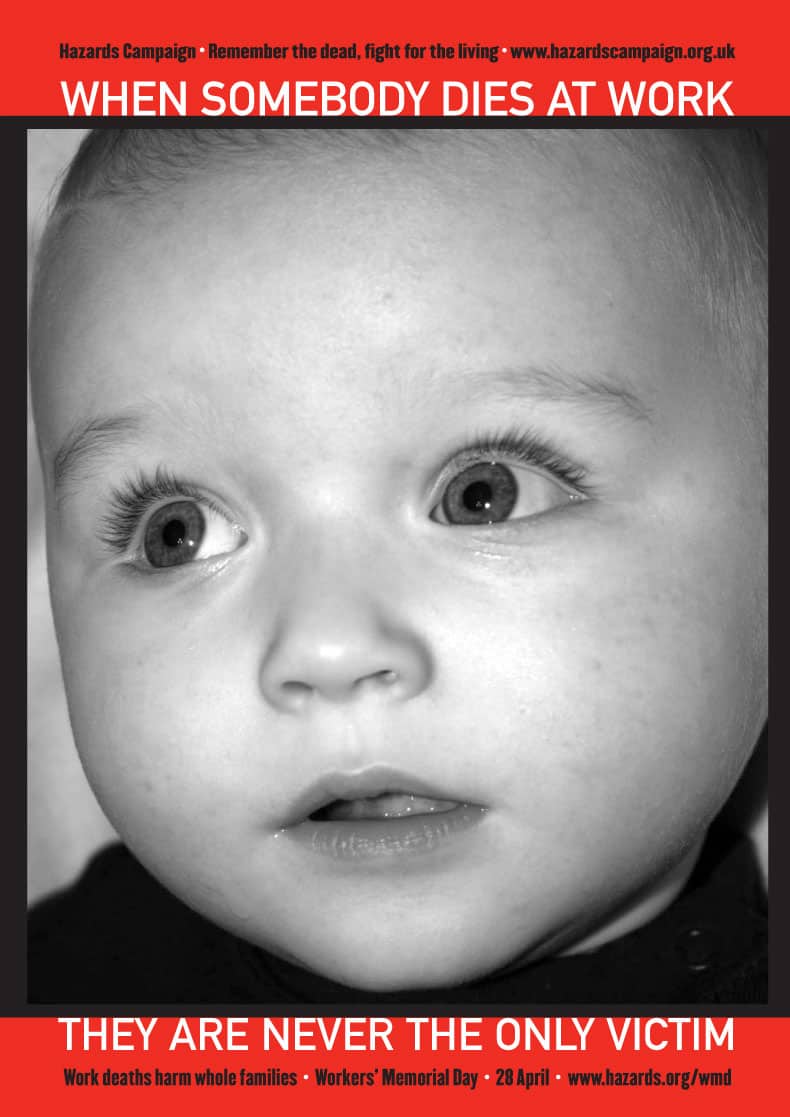Last weekend Dr Eric Wigglesworth passed away after a long illness. Eric was a strong advocate for safety education and research over decades in Australia. I heard Eric speak several times in my professional career and remember being taught about his incident theories at university.
Over the last few years his profile has increased in the public sphere as he was the (only) Australian expert on the issues related to level crossing incidents.
According to a media statement issued on behalf of the Safety Institute of Australia, in which Eric was an Honorary Fellow,
“Throughout the last 60 years, Eric has been at the fore of strategic thinking in applied accident prevention. While he had many, many interests, his work on railway level crossing accidents was his passion throughout much of his professional life. Reading the recent Victorian Government Report into level crossing accidents, you could be forgiven for thinking Eric was the only one to have input to the inquiry, given how often his opinions and ideas are quoted. It is yet another testament to how highly he was respected,” according to Dr Geoff Dell, Dean of the Safety Institute of Australia College of Fellows.
“Doubtless, the strongest tenet of his career was his often-voiced belief in the need for applied, researcher-driven safety research to underpin decision-making by industry and government, and to provide the basis for effective safety education.”
I have often been critical of Australia not having a safety figurehead. Eric was the closest to such a position in academia. Now Australia needs someone to take up the role and provide it with a public face.
Let’s hope that safety professionals don’t forget the pioneers of their discipline.
FUNERAL UPDATE
Eric’s funeral will be held on 27 march 2009 at the Monash University Religious Centre, Clayton Campus, at 10.00am.



